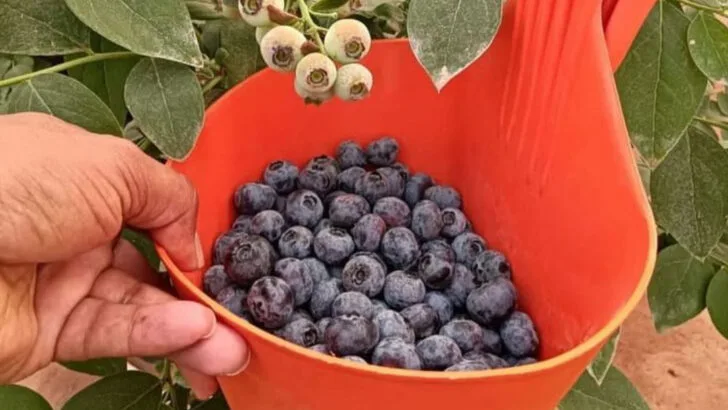Clean eating doesn’t have to mean overhauling your entire lifestyle. In fact, one of the simplest ways to upgrade your nutrition is to grow the right plants at home. Whether you’re tending a lush garden or just a few containers on a balcony, adding fresh, nutrient-dense greens and herbs to your meals becomes effortless when they’re within arm’s reach.
In this guide, we’ve rounded up 17 plants that help you eat cleaner—without giving up your favorite dishes. From vitamin-packed leafy greens and antioxidant-rich berries, to herbs that boost digestion and balance your plate, these plants sneak nutrition into your diet naturally. No calorie counting. No complicated food rules. Just more whole, vibrant foods—straight from your garden.
At Plantisima, we believe gardening isn’t just about greenery—it’s about feeling good, living well, and enjoying what you grow. These plants are perfect for anyone who wants to feel healthier without feeling restricted. Grow them, harvest them, toss them into your meals—and let your garden quietly do the work for you.
Kale
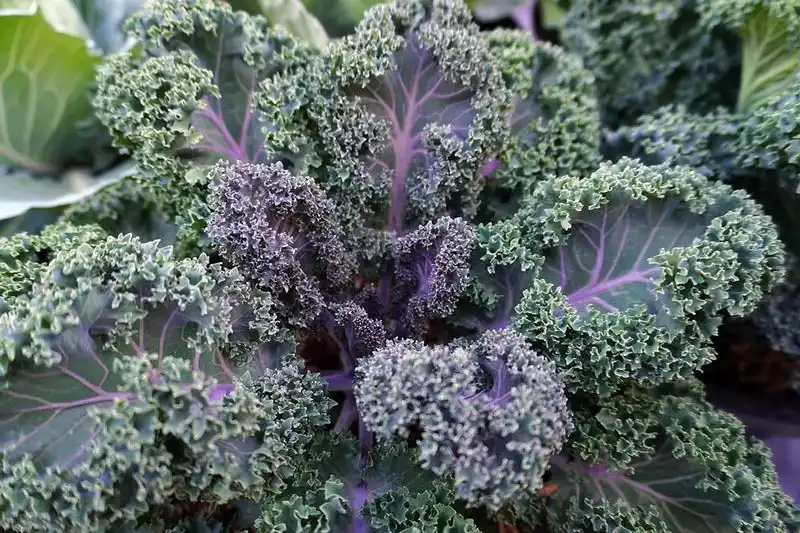
Once considered just a garnish, kale has become a superstar in the culinary world. Rich in vitamins K, A, and C, it supports bone health and boosts immunity. Its versatility is unmatched; from smoothies to salads, kale fits seamlessly into any dish. Even a simple sauté with garlic can make it shine. Starting your day with a kale smoothie can be a refreshing change, providing a nutritional punch. Did you know kale is a close relative of cauliflower and broccoli? It’s no wonder it shares their powerhouse properties.
Spinach
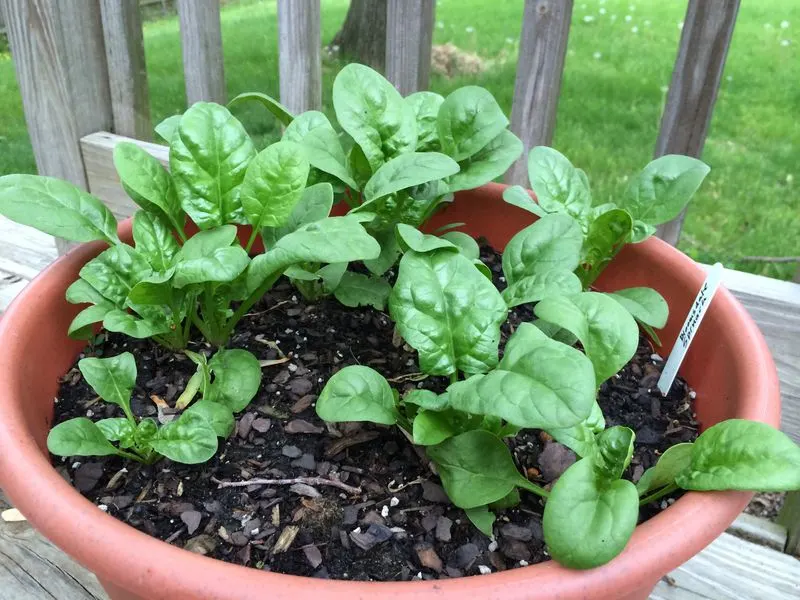
Spinach, a leafy green with a mild taste, packs a powerful nutritional punch. Offering iron, calcium, and magnesium, it supports muscle function and bone health. Blending effortlessly into smoothies or cooked dishes, spinach is a versatile choice for any meal. Its soft texture makes it perfect for salads or as a cooked side dish. Interestingly, spinach was once considered the “Persian green” due to its origins. Growing spinach ensures a fresh supply of this nutrient-rich plant at your fingertips.
Tomatoes

Tomatoes are a staple in gardens worldwide, known for their vibrant flavor and versatility. Rich in lycopene, they offer heart health benefits and reduce cancer risk. Whether in a salad, sauce, or sandwich, tomatoes add a burst of flavor. They thrive best in sunny spots, yielding juicy, flavorful fruits. The origin of the tomato traces back to western South America, where they were first domesticated. Imagine the satisfaction of plucking a ripe tomato from your garden for a fresh caprese salad!
Carrots
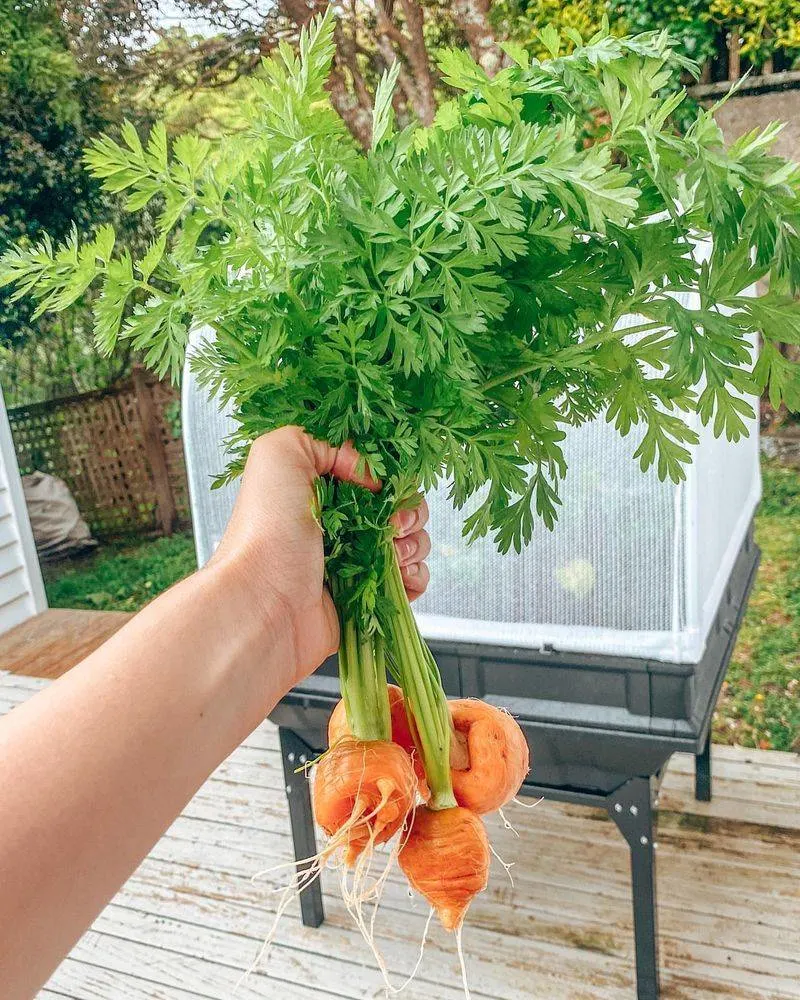
Carrots offer a crunchy, sweet addition to your garden. Bursting with beta-carotene, they are known for supporting eye health. Whether roasted, steamed, or raw, carrots add both texture and nutrition to dishes. These root vegetables are easy to grow, needing loose, sandy soil and plenty of sunlight. Have you ever wondered why carrots are orange? The Dutch bred them to honor the royal family, the House of Orange! Growing your own carrots means enjoying them in their freshest form.
Basil
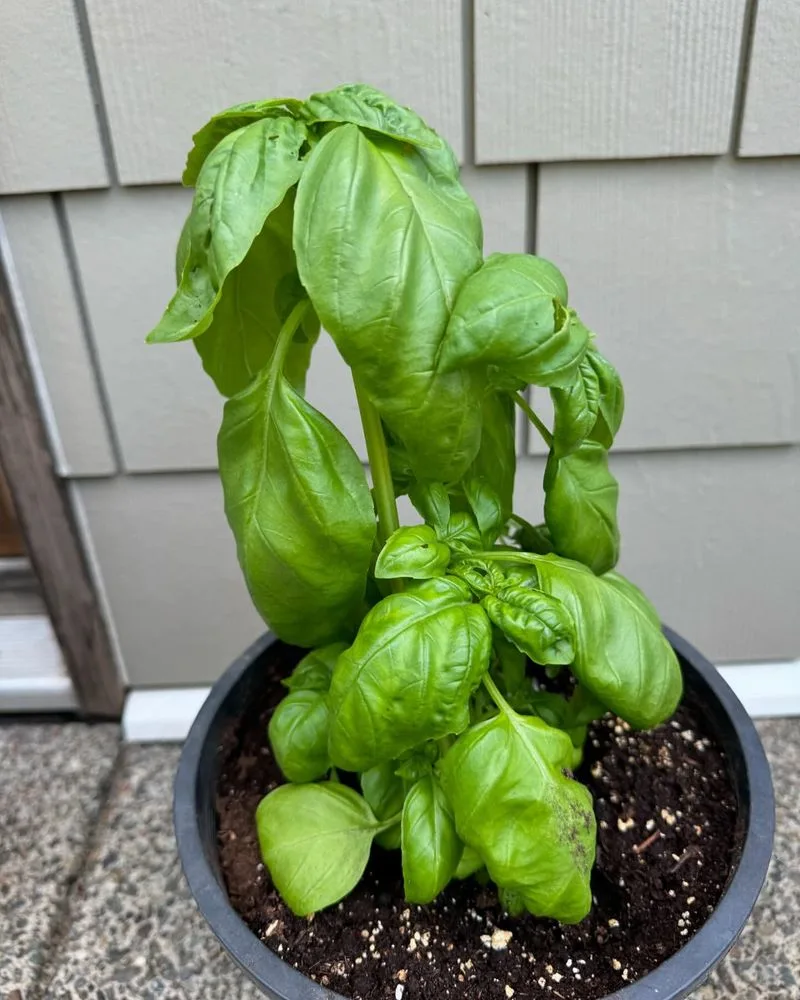
Basil, with its aromatic leaves, elevates any dish it graces. Known for its anti-inflammatory properties, it also aids digestion. Basil thrives in sunny spots, making it ideal for windowsill gardens. Whether in pesto, salads, or topping a pizza, basil adds a fresh, peppery flavor. It’s fascinating that basil is considered a symbol of love in some cultures! Cultivating basil at home ensures you’ll always have this flavorful herb on hand to enhance your cooking.
Mint
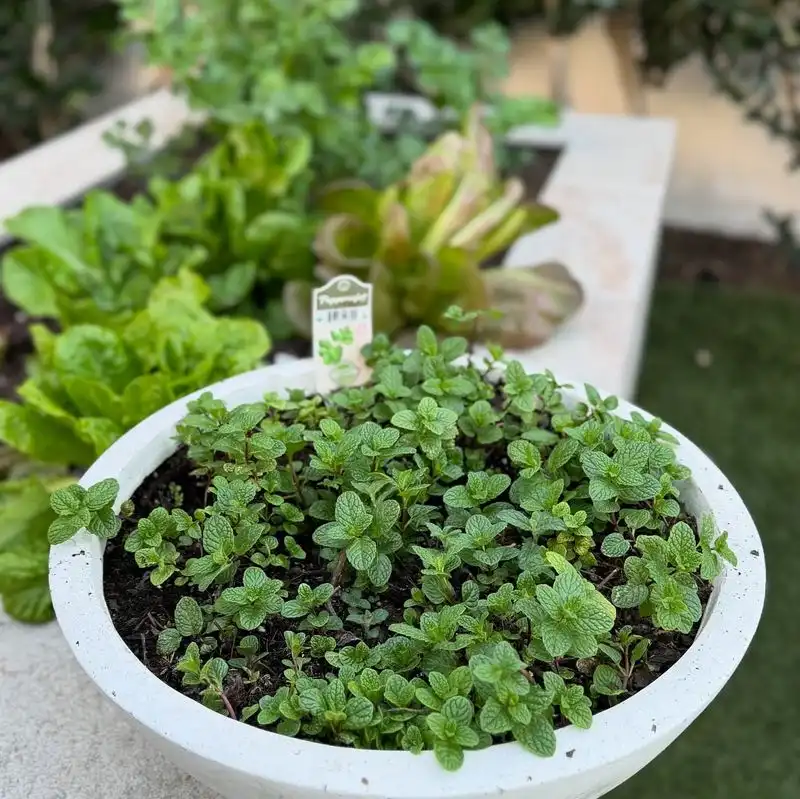
Mint brings a refreshing zest to both culinary and medicinal uses. Known for aiding digestion and soothing headaches, mint leaves are a household staple. Its vigorous growth makes it perfect for pots to control spreading. Whether in a mojito, tea, or as a garnish, mint adds a cool, refreshing touch. Did you know mint has been used since ancient times, with references in Greek mythology? Keeping mint around ensures you have a fresh supply of this invigorating herb.
Lettuce
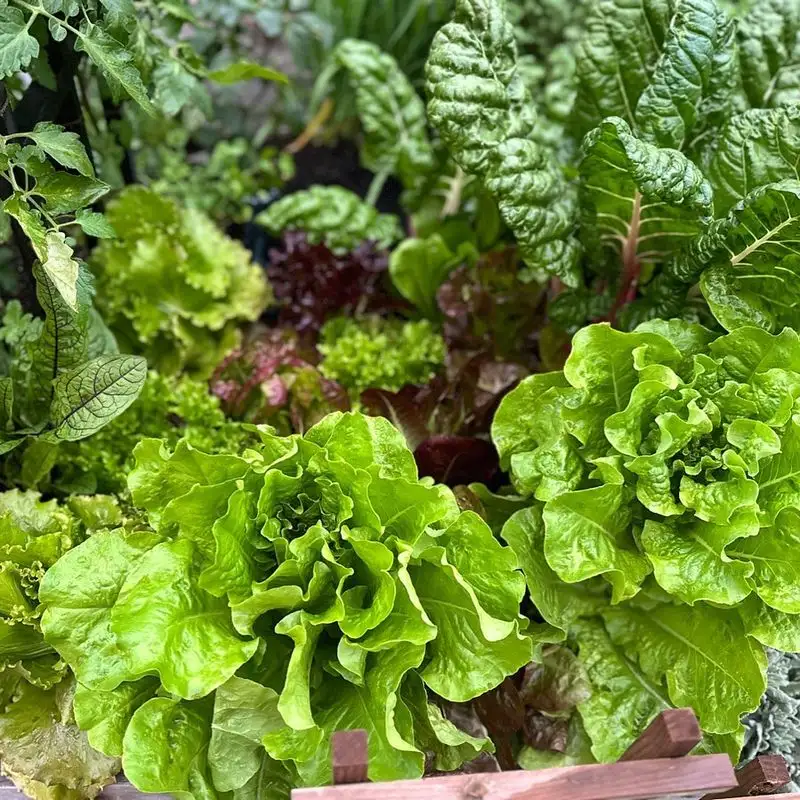
Lettuce, a garden favorite, offers a crisp, refreshing addition to any meal. Its low-calorie, high-water content makes it perfect for those seeking hydration. Lettuce thrives in cooler climates, growing best in spring and fall. Whether shredded in tacos or the base for salads, its versatility is unmatched. Did you know that lettuce was served to ancient Egyptian royalty? Cultivating lettuce means having a fresh, crunchy ingredient ready to enhance your meals at any time.
Cucumbers
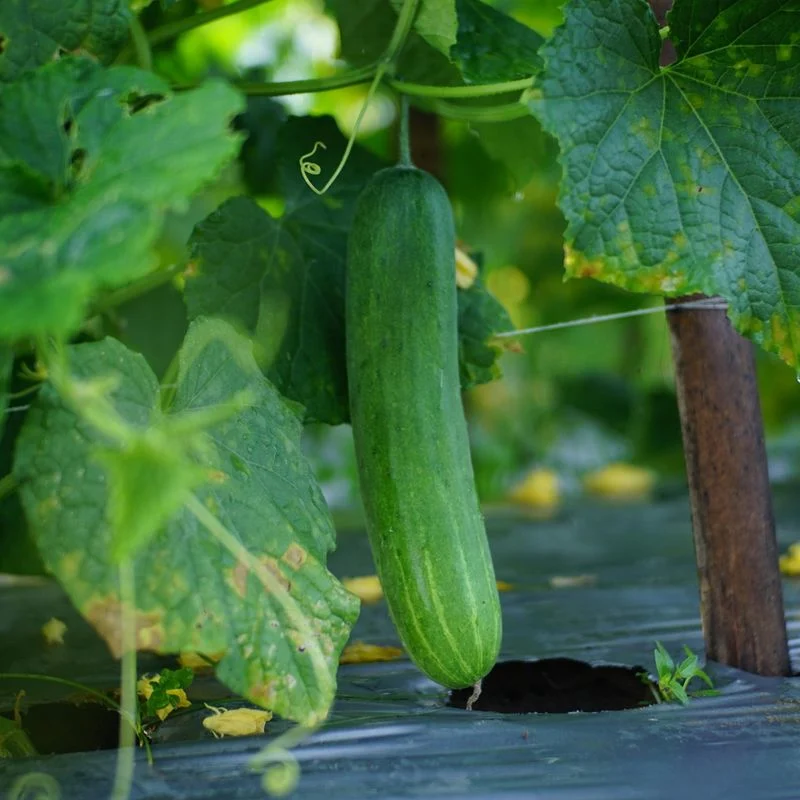
Cucumbers are known for their hydrating qualities, being composed mostly of water. They provide a cool crunch to salads and are great for pickling. Cucumbers grow best on trellises, making efficient use of garden space. With origins in South Asia, cucumbers have been cultivated for over 3,000 years. Growing your own ensures you can enjoy them fresh, whether sliced for salads or infused in water. Imagine reaching for a cucumber from your garden on a warm summer day!
Peppers
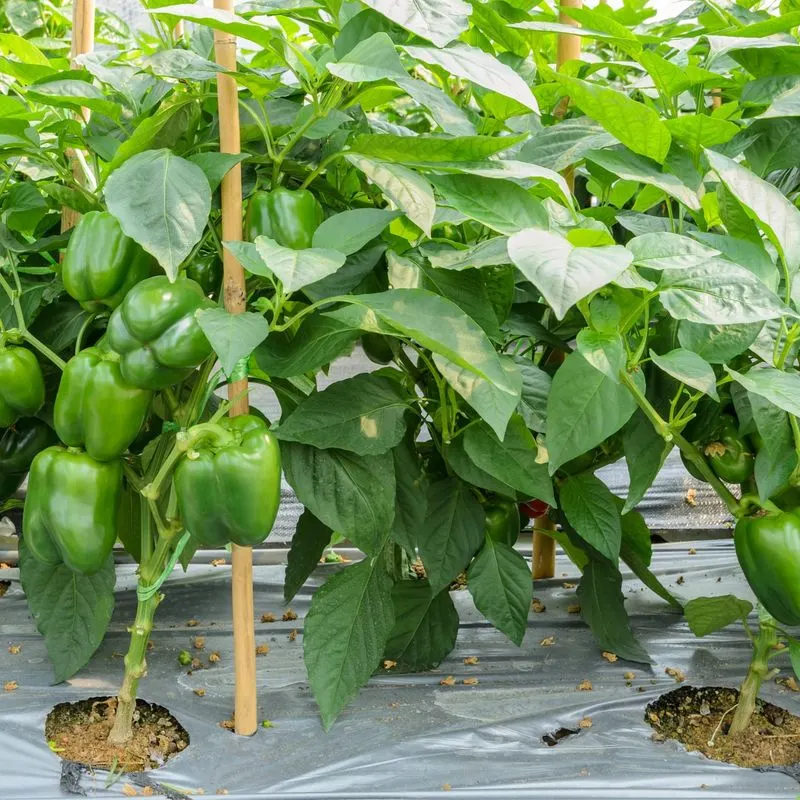
Peppers, whether sweet or spicy, add color and flavor to any dish. Rich in vitamin C and antioxidants, they support immune health. These vibrant vegetables are easy to grow and thrive in warm climates. Enjoying peppers fresh from your garden as a snack or in a stir-fry provides both crunch and spice. Fascinatingly, peppers are native to Central and South America, and have long been part of their culinary traditions. Growing peppers lets you enjoy this vibrant produce fresh at home.
Zucchini
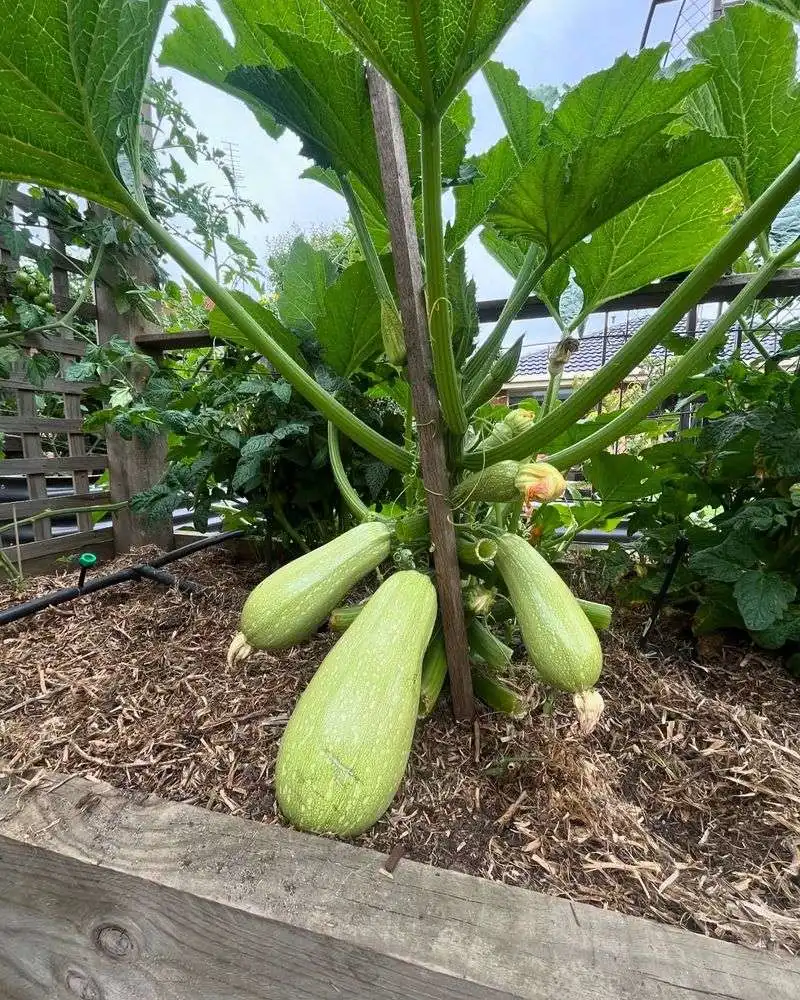
Zucchini is a garden staple known for its productivity and nutritional benefits. Its mild flavor makes it versatile for grilling, baking, or spiralizing into noodles. Zucchini plants require plenty of sun and well-drained soil to flourish. Interestingly, zucchini is actually a summer squash, related to pumpkins and cucumbers. Growing zucchini means you’ll never run out of creative culinary uses, from bread to fritters. With its origins in the Americas, zucchini has become a beloved ingredient worldwide.
Chard
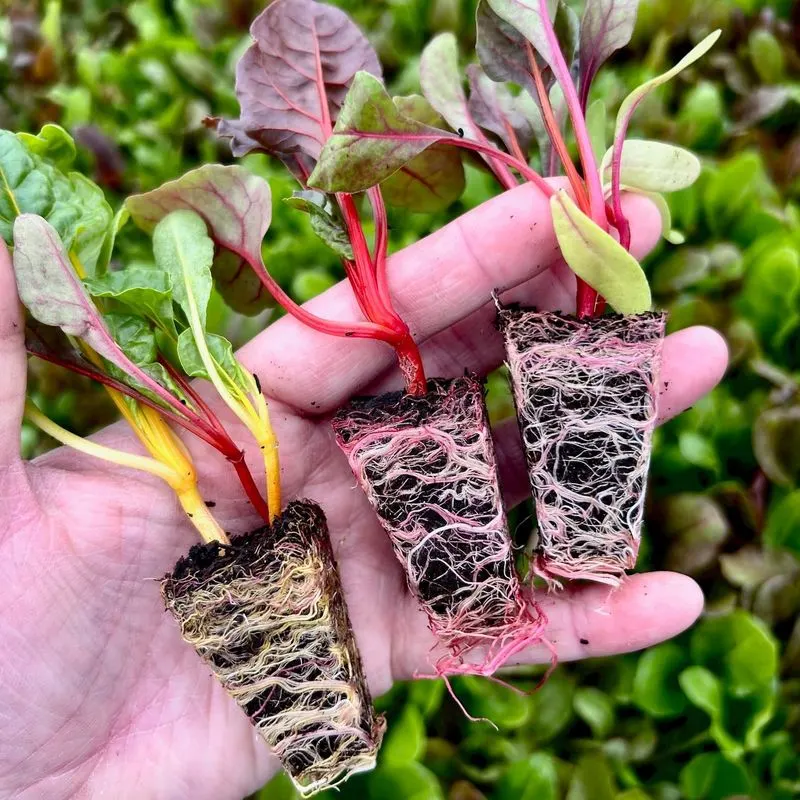
Chard, especially the colorful rainbow variety, is both nutritious and visually stunning. Packed with vitamins A, K, and C, it supports eye and bone health. Chard’s slightly earthy taste adds depth to soups, stews, and sautés. It grows well in cooler temperatures, making it a versatile addition to any garden. Did you know chard is often called Swiss chard, even though it’s not from Switzerland? Growing chard provides a constant supply of this vibrant, nutrient-rich green.
Beets
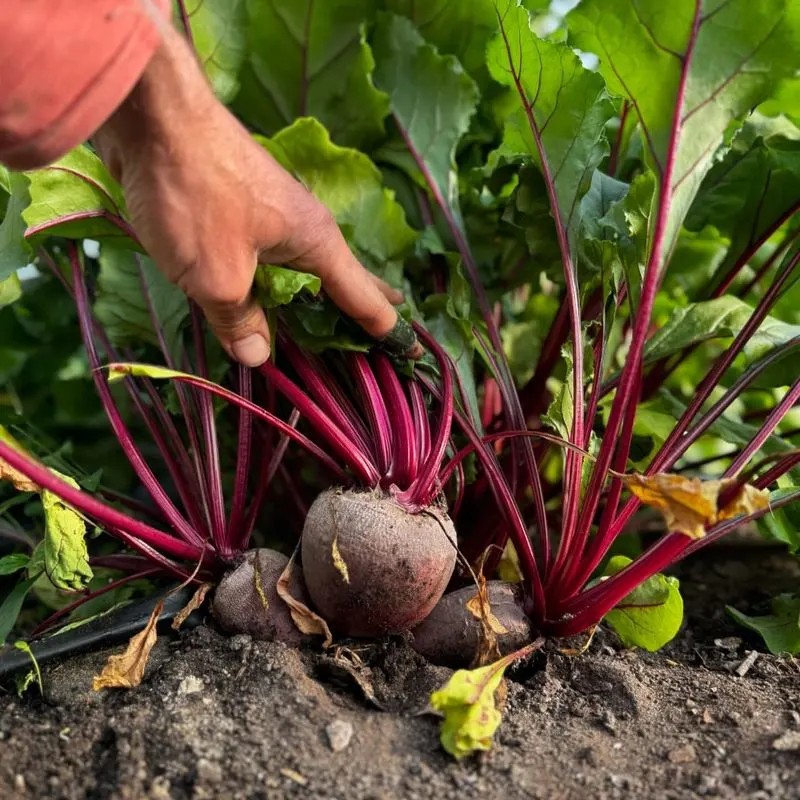
Beets offer more than just their sweet, earthy flavor. Rich in folate and manganese, they support brain and bone health. Both roots and leaves are edible, adding versatility to your kitchen. Beets thrive in cooler climates and can be roasted, juiced, or added to salads. The root’s vibrant color is due to betalains, a powerful antioxidant. Historically, beets were used as medicine in Ancient Greece. Cultivating beets allows you to enjoy this nutrient-packed plant in various forms.
Radishes
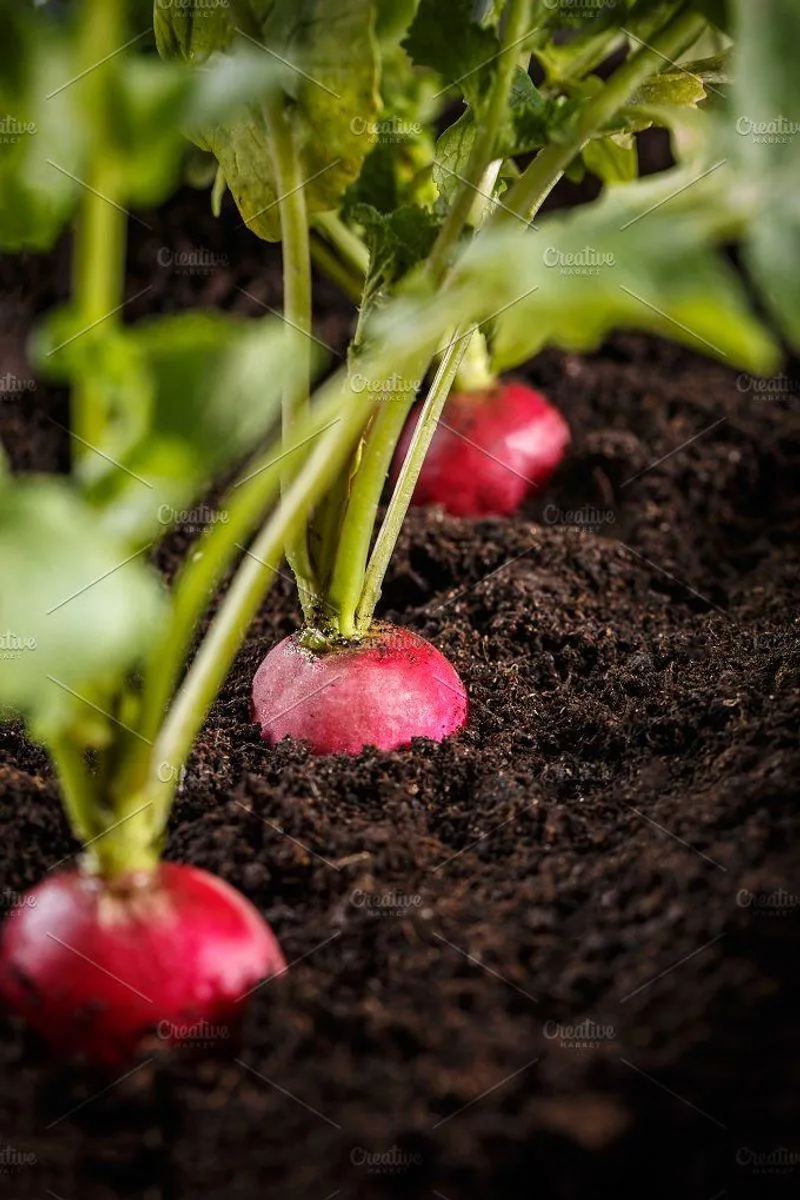
Radishes bring a peppery crunch to any dish. High in vitamin C, they support skin health and boost immunity. These root vegetables mature quickly, making them a perfect choice for impatient gardeners. Whether sliced for salads or enjoyed whole as a snack, radishes provide a delightful zing. Interestingly, radishes were one of the first European crops brought to the Americas by Columbus. Growing radishes ensures a fresh, spicy addition to your culinary repertoire.
Strawberries
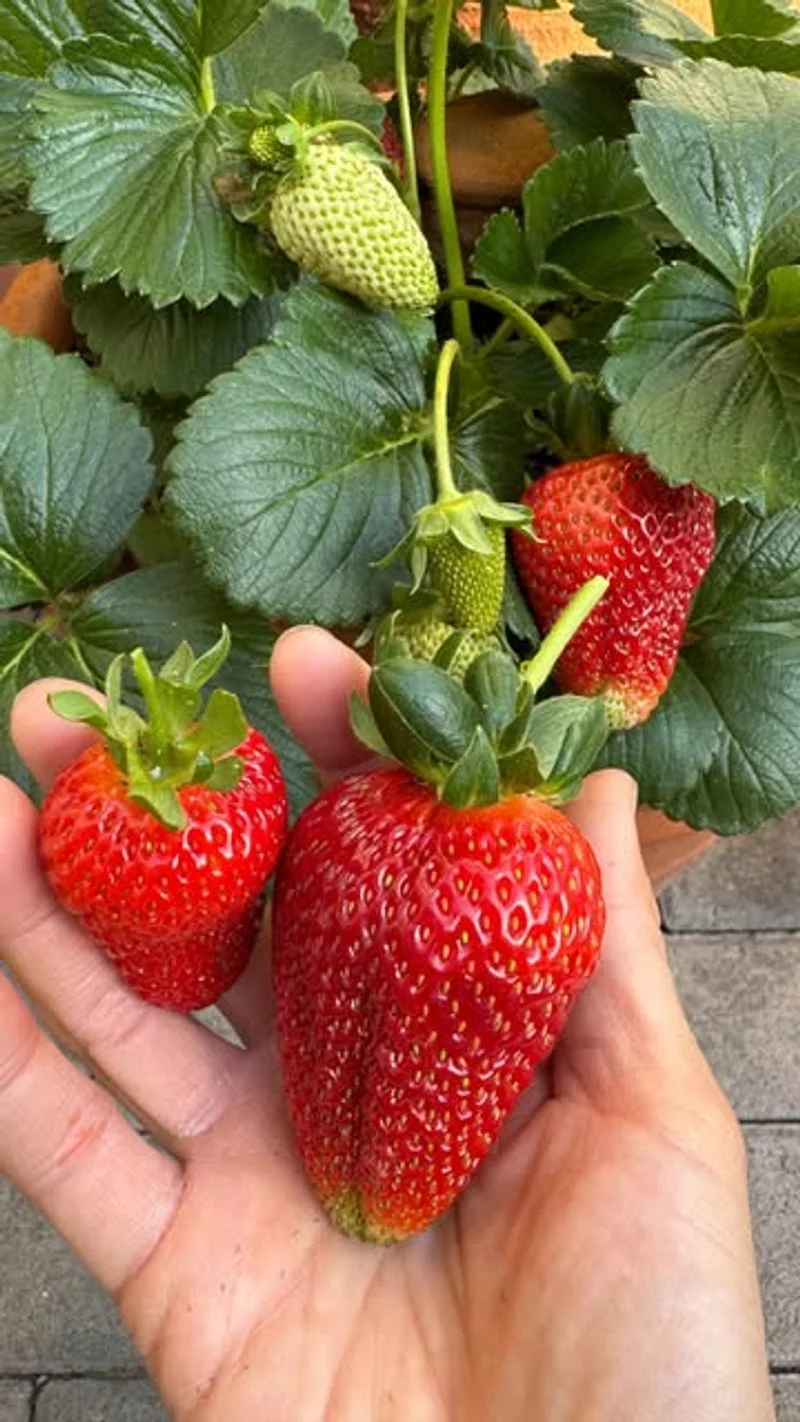
Strawberries offer a sweet, juicy treat straight from the garden. Packed with vitamin C and antioxidants, they support heart health and skin rejuvenation. Strawberries grow best in sunny spots and can be grown in containers or hanging baskets. The seedy exterior is iconic, making them instantly recognizable. Did you know strawberries are the only fruit with seeds on the outside? Cultivating them at home ensures you can enjoy this delightful fruit at its freshest.
Raspberries
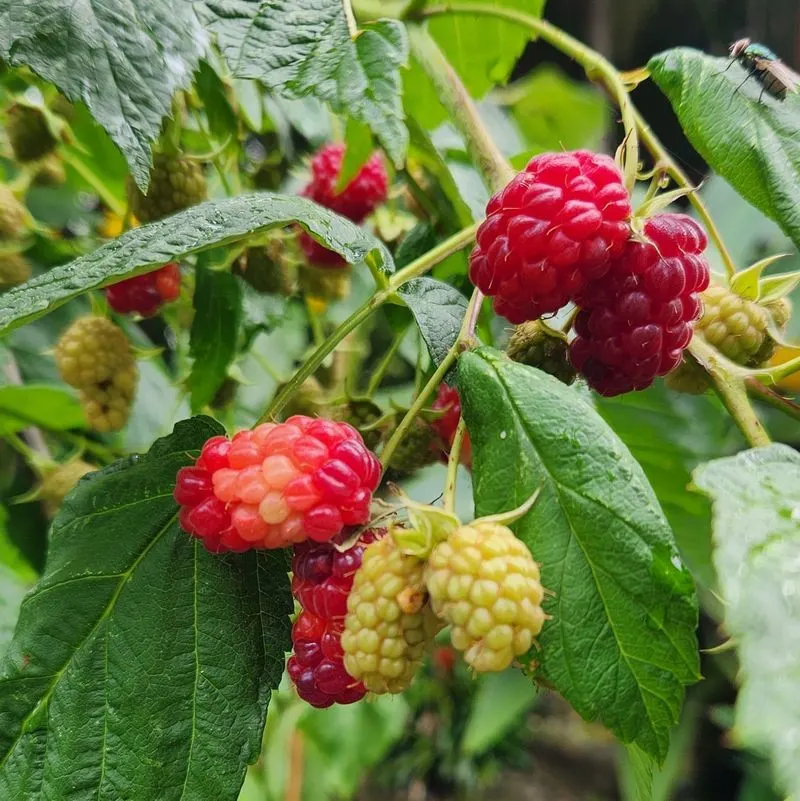
Raspberries are a gardener’s delight, offering sweet fruits rich in fiber and vitamin C. Their tartness adds a delightful kick to desserts and breakfasts. Raspberries thrive in well-drained soil and full sun, providing a bountiful harvest. These berries have been enjoyed since prehistoric times, with records dating back thousands of years. Growing raspberries means enjoying the fruits of your labor in smoothies, jams, or just picked fresh. The burst of flavor in each berry is truly rewarding.
Blueberries
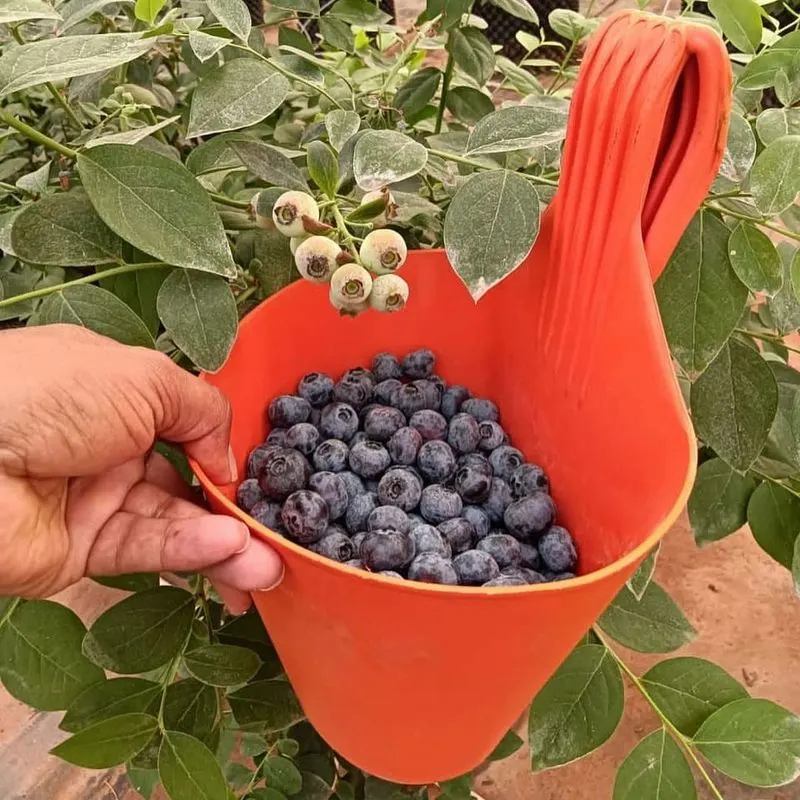
Blueberries are small but mighty, known for their antioxidant-rich profile. They support brain health and reduce inflammation. These berries thrive in acidic soil and full sun, making them a suitable choice for many gardens. Blueberries are native to North America and have been a dietary staple for centuries. Imagine adding freshly picked blueberries to your morning cereal or yogurt. Growing them ensures a steady supply of this superfood, offering both taste and health benefits.
Herbs de Provence
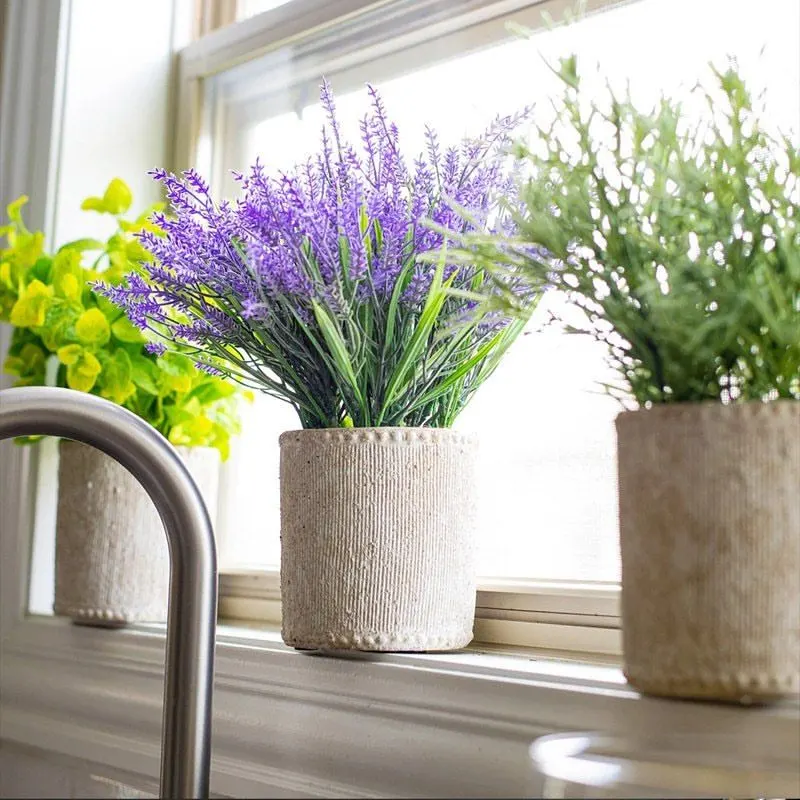
Herbs de Provence is not just one plant but a delightful mix of herbs including thyme, rosemary, and lavender. Each herb adds its distinct aroma and flavor, reminiscent of the French countryside. These herbs thrive in sunlit spots and well-drained soil. The blend enhances everything from roasted meats to grilled vegetables. Historically, these herbs were harvested from the hills of Provence, France. Growing your own mix means access to fresh flavors that can elevate any meal.

